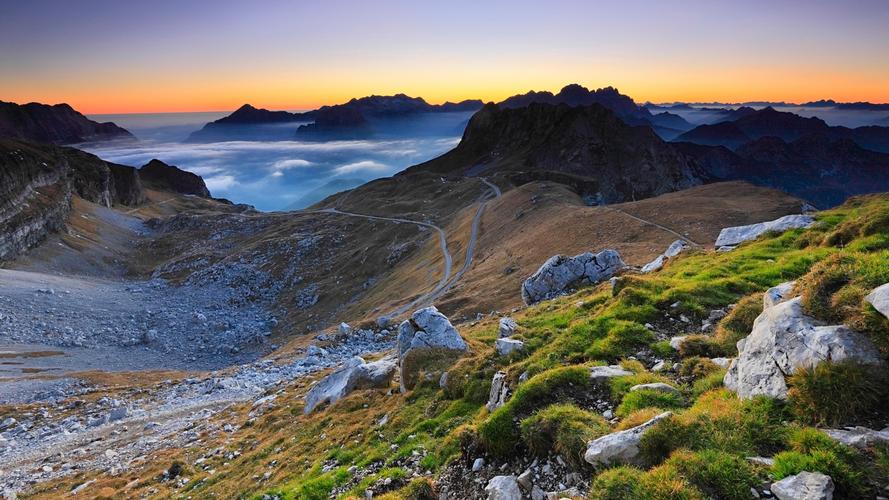Exploring the Impact of Adventure Tourism on Local Communities: A Research Paper
Adventure tourism is a rapidly growing segment of the travel industry. It involves travelers seeking out unique and thrilling experiences such as rock climbing, kayaking, and bungee jumping. While adventure tourism can bring economic benefits to local communities, it can also have negative impacts on the environment and local culture. In this research paper, we will explore the impact of adventure tourism on local communities.
The Economic Benefits of Adventure Tourism
Adventure tourism can bring economic benefits to local communities. It promotes local businesses such as tour operators, local guides, and accommodations. Adventure tourism also creates job opportunities for locals, particularly in rural areas where unemployment rates can be high. For example, adventure tourism has helped to regenerate the economy of Queenstown, New Zealand, which was struggling after the declining logging and mining industries.
Case Study: The Himalayan region of Nepal has become a popular destination for adventure travelers, attracting trekkers, climbers, and mountain bikers. This has created economic opportunities for locals, with many opening guesthouses and restaurants to cater to tourists.
The Negative Impacts of Adventure Tourism
While adventure tourism can bring economic benefits to local communities, it can also have negative impacts on the environment and local culture. Adventure activities can damage natural landscapes, and the increase in tourism can lead to overcrowding, pollution, and greenhouse gas emissions. The influx of tourists can also lead to a loss of culture, as local traditions and customs are replaced by those of the visitors.
Case Study: The Maya Bay in Thailand was once a beautiful and secluded beach until it was featured in the Hollywood movie ‘The Beach’. Since then, the area has been overrun by tourists, with damage to the coral reef system and loss of marine life.
The Importance of Sustainable Adventure Tourism
The negative impacts of adventure tourism can be minimized through sustainable practices. This involves responsible tourism, which is designed to minimize the negative impact on the environment and local culture. Sustainable tourism involves minimizing waste, conserving water and energy, and using locally owned and operated businesses. Sustainable tourism also involves educating tourists on environmental and cultural issues and respecting local customs.
Case Study: The Inca Trail in Peru is a popular hiking route that leads to the famous Machu Picchu site. The Peruvian government limits the number of visitors to the trail each day to minimize impact and preserve the trail and surrounding ecosystem.
Conclusion
Adventure tourism can bring economic benefits to local communities, but it can also have negative impacts on the environment and local culture. It is essential to promote sustainable tourism practices to minimize these negative impacts and preserve the natural and cultural resources of the area. By doing so, adventure tourism can continue to grow while still benefiting the local communities and preserving the environment for future generations.
(Note: Do you have knowledge or insights to share? Unlock new opportunities and expand your reach by joining our authors team. Click Registration to join us and share your expertise with our readers.)
Speech tips:
Please note that any statements involving politics will not be approved.
